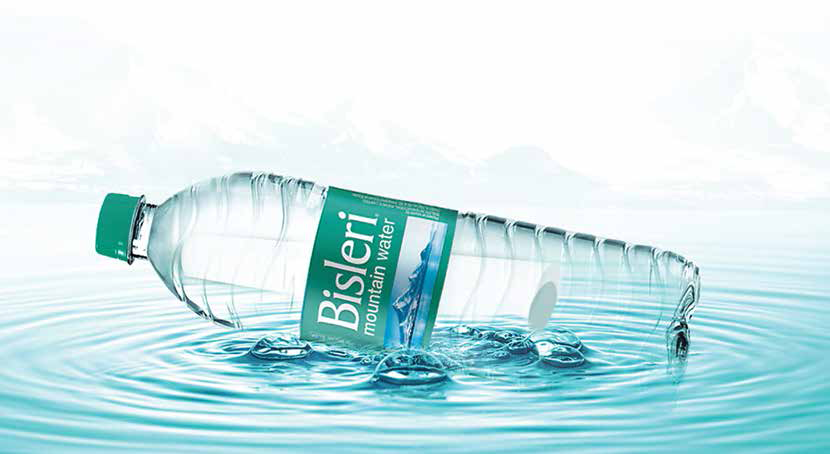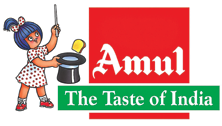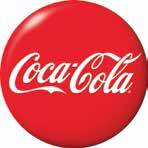Issue No. 8 / April 16,2015

Ever since you can recollect, you’ve taken their presence so much for granted that they are just part of your general environment. You get up in the morning to a hot cuppa in your favourite “Thermos” to a relaxing soak-in your “Jacuzzi” to a breakfast of bread with a dash of “Amul”—and then off to work. It’s going to be a long day ahead—so you have taken along a bottle of “Bisleri” and some “Aspirin” in your brief case—along with some quick fix “Maggi” for emergencies.
Breaking news---All the words inside the inverted commas are victims, or awardees, whichever way you look at it, of Genericide. Yeah—you got that right. “Genericide”—a phenomenon when a particular trademark/ brand enjoys such wide-spread popularity that it becomes a generic name for the product/ service itself, or becomes ‘genericised’ -- to the point of becoming so much a part of the local ethos that the government decides to take away its trademark! It so happens that thanks to a potent mix of spiffy marketing and inherent product superiority—the brand manages to Kay-o the competition to utter oblivion. While some are familiar, others have blended seamlessly into the daily narrative over generations.
Bisleri
"In India, Maggi means noodles—and noodles means Maggi, and if you don’t know that, you’ve come from Mars"
Amul
Even as it corners over 80 per cent of the market share and a budget of Rs 200 crore as per a 2012 power point presentation, India fell in love with Nestle’s Maggi almost at first sight in 1983. From Kashmir to Kanyakumari, India needs its quick fix noodles. Thanks to clever marketing and brilliant distributorship that reaches the remotest corners of the country, everyone knows Maggi means quick-fix comfort food that comes with assorted tastemakers. Chop in some onions, tomatoes, meat and paneer—and you have a dish to die for. In India, Maggi means noodles—and noodles means Maggi, and if you don’t know that, you’ve come from Mars. Or maybe, China.
Godrej
It is a cooking medium as affordable as it is versatile—despite what the critics say about its health quotient (or the lack of it) and so on. Until the early 1930s, the hydrogenated vegetable oil available in India was imported into the country by Dada & Co, which was controlled by a family from Bantva headed by Hussain Kassim Dada. Hindustan Vanaspati Manufacturing Co (today’s Hindustan Unilever Limited) wanted to start manufacturing hydrogenated vegetable oil locally. Dada & Co insisted that the branded product should reflect their name; hence Hindustan UniLever introduced the letter “L” for “Lever” into the name, and thus was born Dalda, one of the longest-living brands in the country. So much so that Dalda means hydrogenated vegetable oil aka vanaspati. And that’s that.
ColgateFor generations of Indians from the twenties onwards, toothpaste is equal to Colgate. The first-ever toothpaste in a collapsible tube, Colgate made its debut in New York in 1896—in an avatar we recognise today. You’d never believe this: it was previously sold in glass jars!!! But in a tube, it put the promise of dental care, hygiene and convenience in the hands of the consumers. And the product never looked back ever since. It is not just India’s numero uno brand, it rules the roost the world over. Now a sub-brand of Colgate-Palmolive, the familiar red packaging represents the comfort of continuity and tradition. Sure, there are many upgraded new versions—including the advanced whitening system, active salt and so on…but the original taste still lingers on. Don’t we all know people who like to eat Colgate just like that?
Coke
Thermos “Hot matters. Cold matters. It matters.” promised the vacuum flask that keeps every food item at the temperature it’s supposed to be—from steaming cups of coffee and soups to cold-drinks and warm lunches—with the aroma of ghar ka cooking intact. That’s why, ladies and gentlemen, it’s likely to be nothing less than a shock to find out that ‘thermos’ is actually supposed to be called a vacuum flask. Thermos LLC lost its trademark when the term was declared generic in 1963.
"When someone asks you to get them a Bisleri, they know you mean packaged drinking water and nothing else"
JacuzziBelieve it or faint, it’s actually supposed to be a hot tub equipped with a hydrotherapy pump. Originally created in 1956 by the Jacuzzi brothers in the USA to relieve arthritis patients of their grief. The product did much more than that—it changed the face of bath-time relaxation for users across barriers of age and health. Sure, they also manufacture showers and toilets—but that’s only a detail.
Xerox
Who cares? We only know Xerox means photocopying, and nothing else. The history goes something like this: Xerox was founded in 1906 in Rochester as The Haloid Photographic Company, which originally manufactured photographic paper and equipment. In 1938 Chestor Carlson a physicist working independently, invented a process for printing images using an electrically charged drum and dry powder “toner.” When Joseph Wilson, widely known as the “founder of Xerox,” took over Haloid from his father, he was shrewd enough to understand this product meant big bucks. Looking for a term to differentiate the new system from the rest of their products, Wilson coined the term xerography from two Greek roots meaning “dry writing”.
The rest, as they say is history. If you haven’t read the original—why, just xerox it. Heard that term about imitation being the best flattery?
AspirinFormally known as acetylsalicylic acid, aspirin was created in 1897 and originally trademarked by Bayer AG. The name means “pain relief, speed, reliability and tolerability,” as per Bayer. Aspirin comes from “acetyl” and Spirsaure, a German name for salicylic acid. Its time as a trademarked word was short — in 1917, after the Treaty of Versailles was drafted by the victorious Allies to humiliate the Axis Power -- many of Bayer’s U.S. assets were confiscated as a result of World War 1, including its patents and trademarks
By Kalyani Sardesai